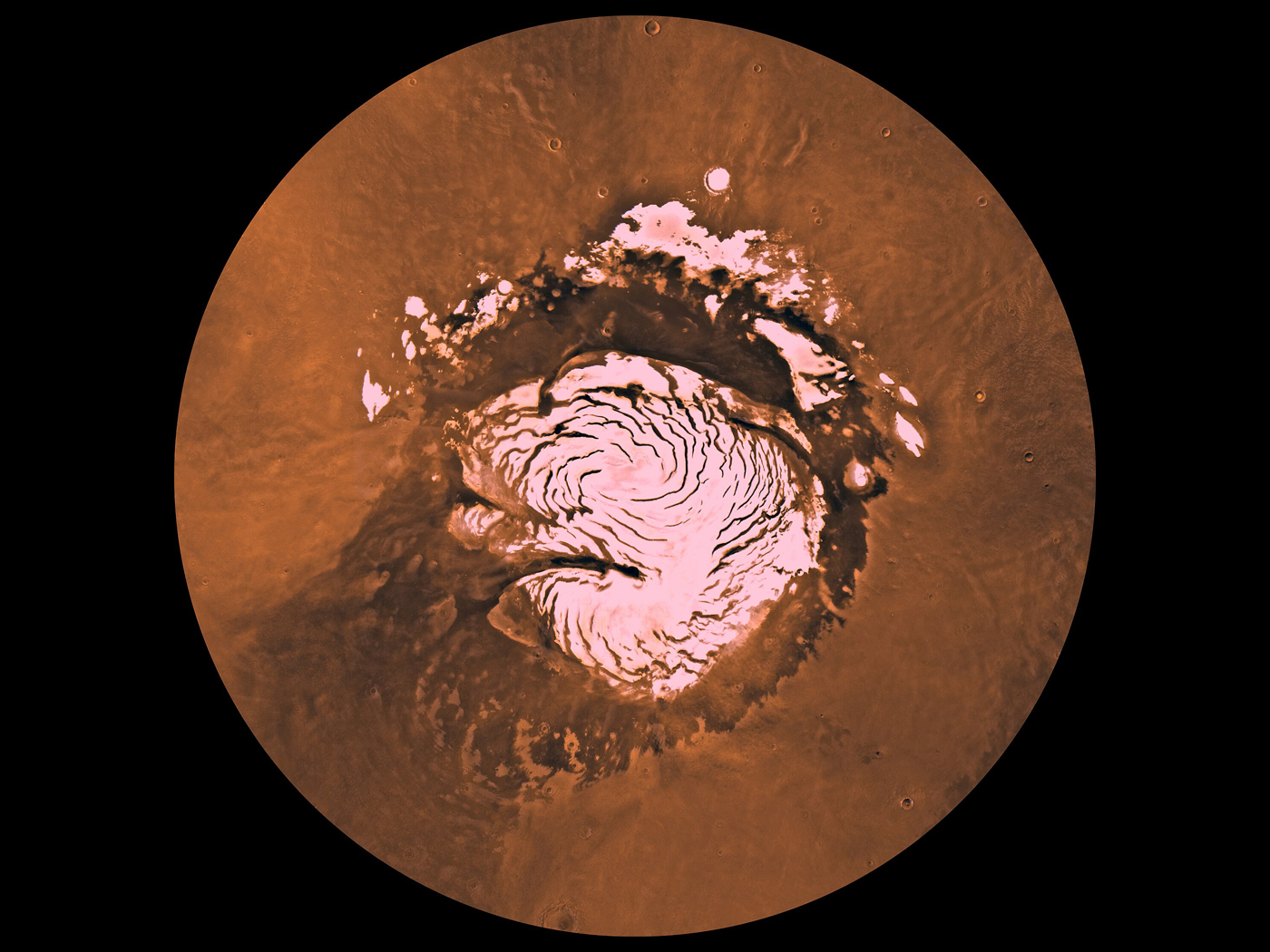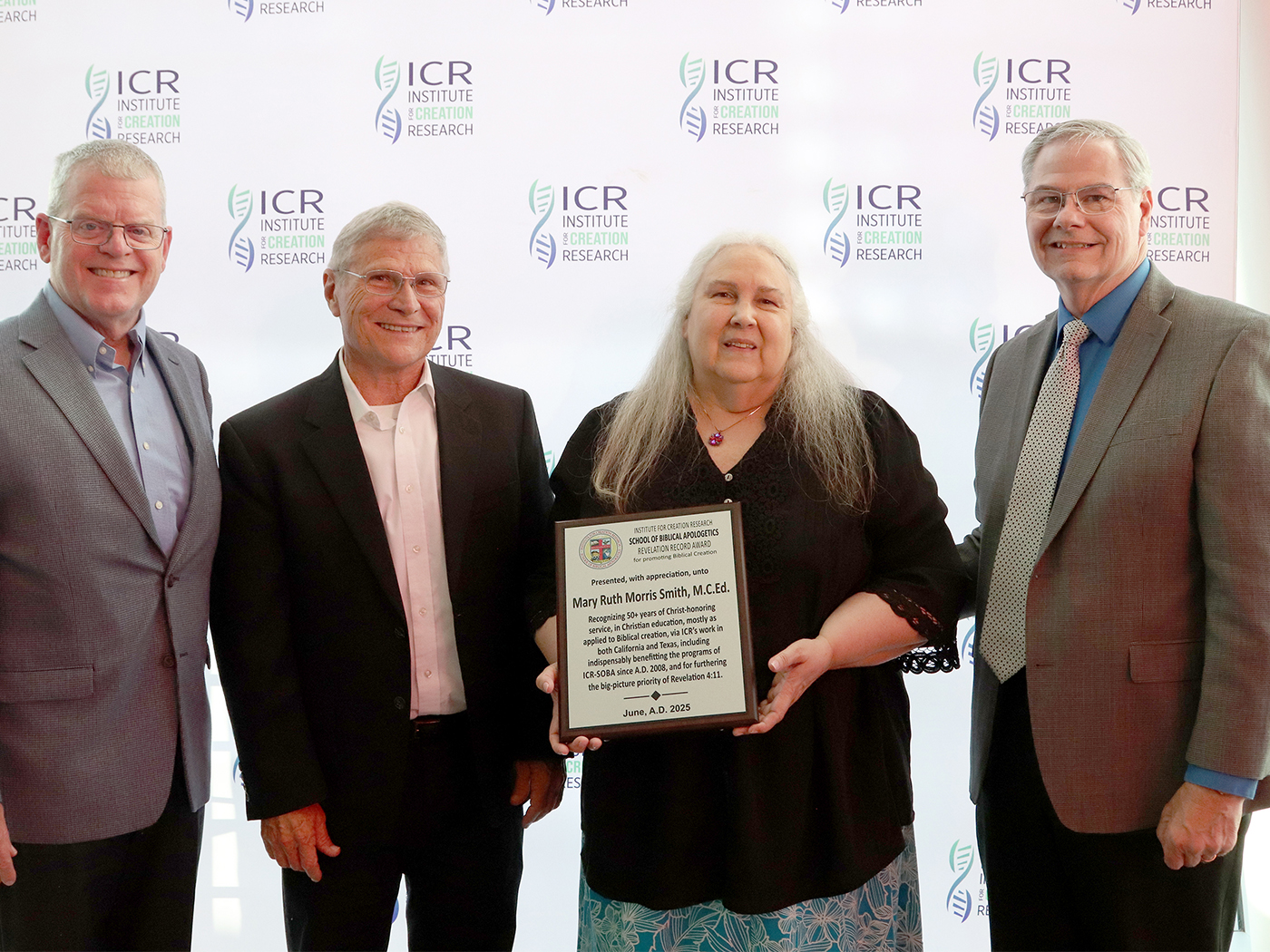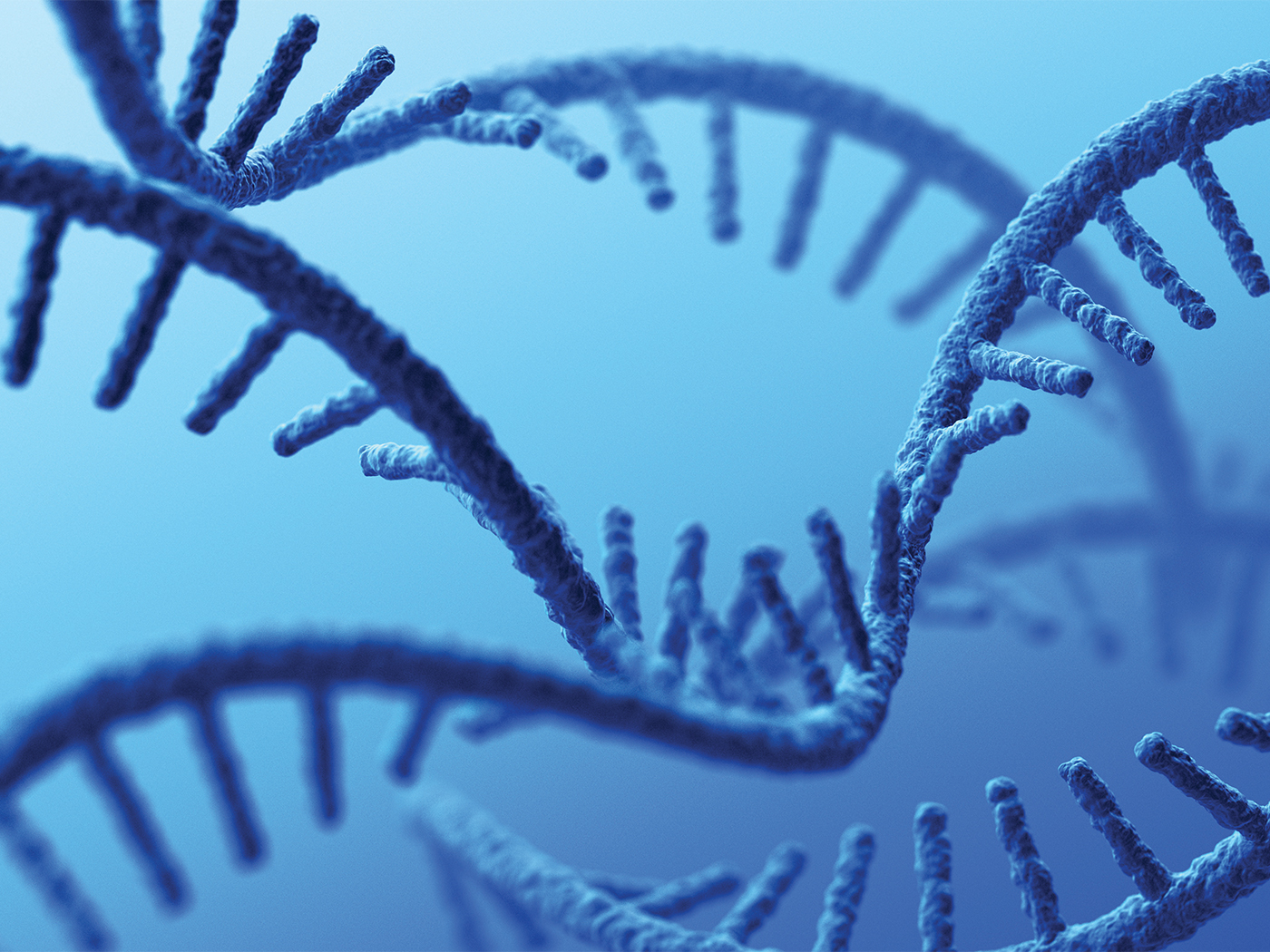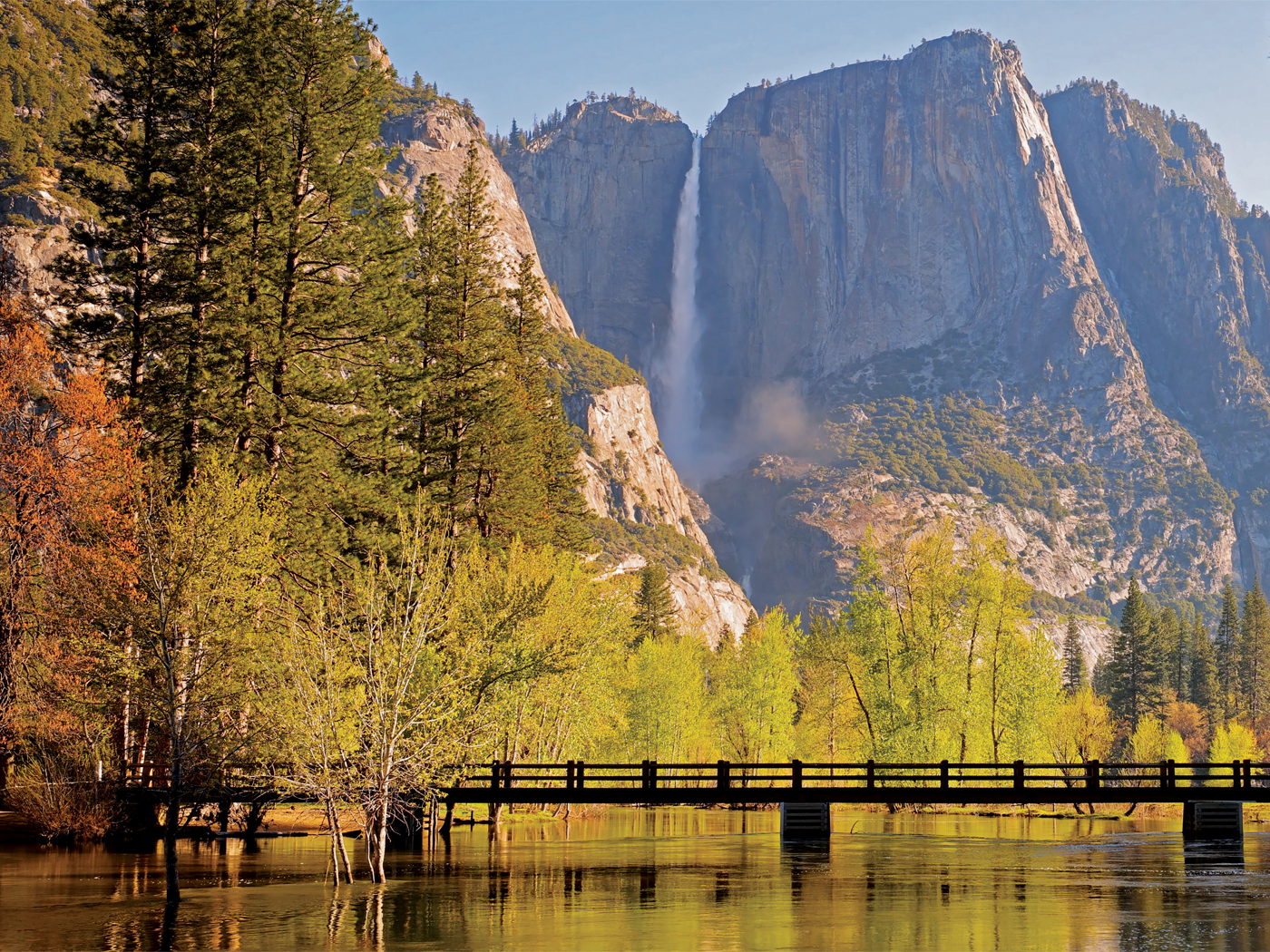Geochemists and paleontologists are on the lookout for “molecular fossils,” biochemicals that were resistant to breakdown even during rock-forming processes.1 These have been discovered now in the very lowest layers of sedimentary rock, far below the Cambrian.2 Certain chemicals, like some steroids made by sea sponges, indicate that sponges were present in the earliest times—if these rock layers indeed represent bygone eras.
In response to this news, the Daily Mail presented a short article titled, “Meet the ancestors: Earliest evidence of life suggests humans descended from sponges 635 million years ago.”3 But nothing about the find suggested any evolutionary link between sponges and humans.
The new research instead showed that sponges probably existed when these rocks were formed. Rather than requiring an evolutionary explanation, this evidence falls well within the interpretive realm of creation flood models. The strongest interpretation for the origin of rock layers is that they formed by catastrophic deposition during Noah’s Flood. In this context, the lowest layers represent the first areas to have been deluged.4 Since these rocks contain evidence of shallow sea creatures, it could be that shallow seas were the first to be washed away. Consistent with this hypothesis, Nature reported that this earliest animal life “first achieved ecological prominence in shallow marine waters.”2 Thus, the fossil distribution does not represent fauna of a bygone era, but fauna of a bygone biome.
Sponges are multicellular sea creatures, but the cells are held together so loosely that they can re-gather after having been blended apart.5 Evolutionary scientists have presumed that since these organisms are so simple in structure, the first multi-cellular creatures to have evolved must have been very similar. Thus, they hypothesize a scenario whereby single-celled creatures banded together to form the “ancestor of all animals, known as the urmetazoan.”6
However, “with the urmetazoan dead for more than half a billion years, studying it is something of a challenge. No fossils have been found, so there are no physical clues to its appearance.”6 If these newly-discovered chemical fossils came from sponges and not urmetazoans—and observation demonstrates that sponges can make these sterols—then the “urmetazoan” remains in the realm of speculation, along with the idea that sponges somehow became people.
References
- Höld, I. M. et al. 1999. Origin of free and bound mid-chain methyl alkanes in oils, bitumens and kerogens of the marine, Infracambrian Huqf Formation (Oman). Organic Geochemistry. 30 (11): 1411-1428.
- Love, G. D. et al. 2009. Fossil steroids record the appearance of Demospongiae during the Cryogenian period. Nature. 457 (7230): 718-721.
- Meet the ancestors: Earliest evidence of life suggests humans descended from sponges 635 million years ago. Mail Online. Posted on dailymail.co.uk February 5, 2009, accessed February 19, 2009.
- Wise, K. P. 2008. Sinking a Floating Forest. Answers. 3 (4): 40-45.
- Cells in a sponge have no cell junctions.
- Pilcher, H. 2005. Back to our roots. Nature. 435 (7045): 1022-1023.
* Mr. Thomas is Science Writer.
Article posted on February 26, 2009.



















